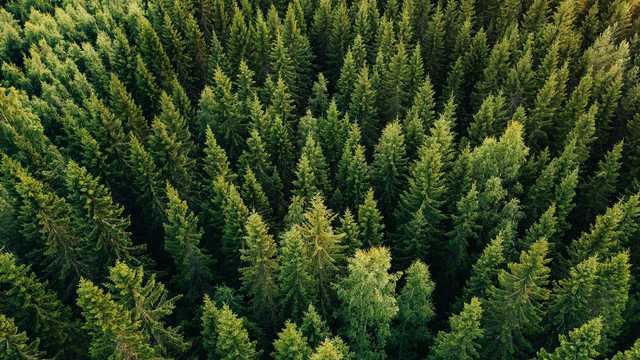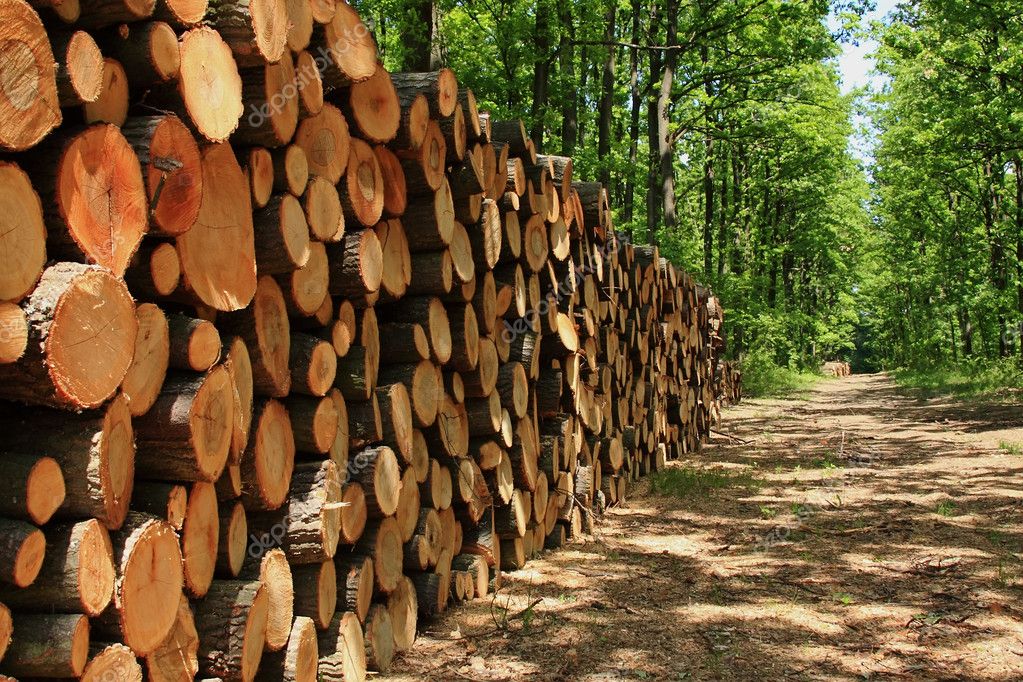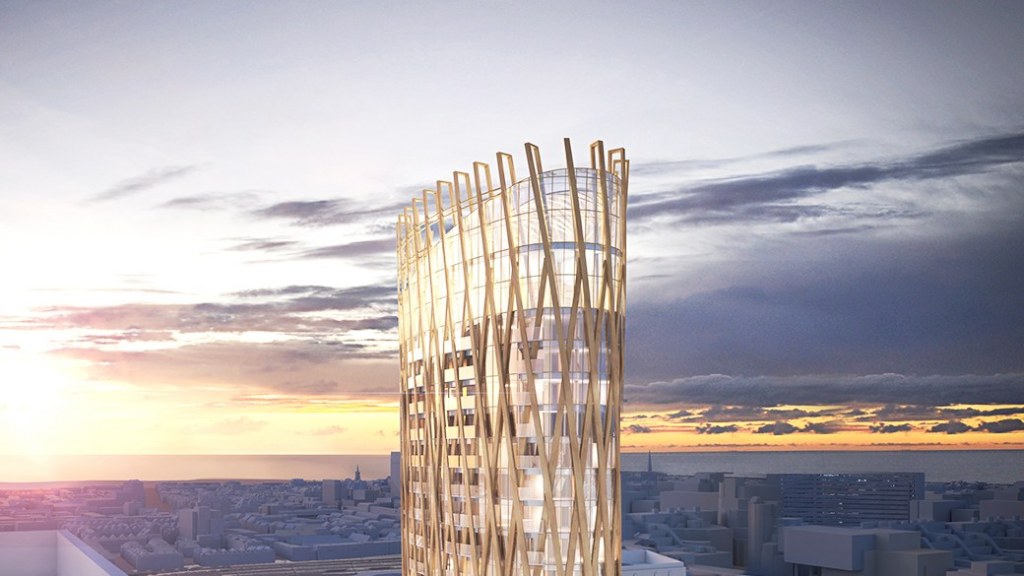“Wood: the Good, the Bad, and the ‘Neutral‘”
Yes, another environmental blog post by yours truly, Brooke Burditt.
Today, I will center my focuses on a very commonly used resource: wood. After doing my research, I came to find that what I thought I knew about wood only touched the surface of what there is to know. So sit back, grab a cup of coffee, and get ready to learn; as usual, I’m about to throw a lot at ya.

Wood: The Pros and The Cons
Before we dive into the topic too far, I want to give you some background on wood. We all know trees grow from roots underground, and they usually take years to reach their full growth potential, and then they have a few choices on how they “die:” first, a tree can naturally die out when the microbes in the soil digest the fibers of the wood. Second, the wood can be harvested and made into lumber and wood products or for energy. And, lastly, it could go through a natural disaster, like a fire, for example, and burn to reach the end of its life. (And no, these are not all the ways a tree can “die,” but these are the ones I want to focus on)
Okay, so now that you have some background of the life cycle of trees, let’s look at how the tree captures carbon. Carbon emissions, as most of you probably know, are a key factor in global warming. Trees, however, are a good way to fight back at carbon emissions as they trap CO2 (about 25% of the tree is carbon, to be exact) and let off oxygen–they rock! When a tree is standing in the forest, perfectly healthy, it captures a lot of CO2. So, when the tree “dies,” like in the above examples, where does the CO2 go?
Statistic from: http://www.sicirec.org/definitions/carbon-capture
When a tree just naturally decays, almost all of the carbon it captured during its lifetime will be exhaled into the air. This would also be true for if the tree burned down, so as you could figure, this is not the most ideal option. When a tree is harvested and made into a wooden table, on the other hand, the carbon it trapped while alive stays in that table–this means the carbon will remain trapped until the product is destroyed. If it tree is harvested for energy, all the carbon would go back into the atmosphere right away. So, what does this all mean? Are trees good or bad?!
Up to you to decide if you think this is good or bad, because in terms of the environment, trees are carbon neutral. That’s right, they’re smack dab in the middle of good and bad. They help up temporarily, but it’s not the solution forever.
…But Isn’t cutting down trees a bad thing?

If you have the same mindset I do prior to doing research, I would have told anybody and everybody that cutting down trees is a bad thing. However, I learned to open my mind and take in the data, and it did actually show me that cutting down trees is not the worst thing in the world.
Don’t get me wrong, as humans, we have done a lot wrong when it comes to our trees and forests (to learn more about deforestation, watch this short and information packed video: https://www.youtube.com/watch?v=Ic-J6hcSKa8). However, thanks to companies planting more trees than they’re cutting down (not all of them do this, might I add), we have seen an increase in trees globally. In fact, “the planet’s total area of tree cover increased by 2.24 million square kilometers, or 7.1 percent, from 31 million to 33 million square kilometers.” This is a huge gain since we spent so many years prior to this slashing and burning our precious forests.
Statistics from: https://psmag.com/environment/the-planet-now-has-more-trees-than-it-did-35-years-ago
“But what about all the trees we still cut down? How much of the tree gets wasted? How do we know companies are doing trying to log sustaniabily?” were all questions I had on this topic, but I was glad to learn that logging companies use almost the entire tree after it gets cut down. In fact, technology has gotten so good, that the trees go through a scanner that alerts the tree cutter (not the technical name, but you get the point) how to cut the tree in the most economically efficient way. This way, every inch of the tree gets used and turned into lumber! Also, the scraps, which account for about 11-12% of the tree, gets turned into energy to power the plant– now that’s efficient.
So, moral of the story, logging is not the end of the world when done sustainably. However, I am not promoting you go out and cut down a bunch of trees, because in the end, every tree counts. #savetheplanet!
Is Wood Replacing Steel?

Yes, this is a picture of a wooden skyscraper. Cities produce so many carbon emissions, isn’t it logical to build structures that can counteract some of the CO2 by absorbing it? “But isn’t the building going to burn? Won’t the wood snap?” These are logical questions. But with engineered wood, the sky is the limit (see what I did there?). For example, the University of Maryland is working on a technology known as Densified Wood, and this wood is “strong as steel.” How do they do it? a chemical bath and a hot-press. In fact, this is how they did it (simplified): “…the team pressed the block — like a panini sandwich — at 100 ºC for a day. The result: a wooden plank one-fifth the thickness, but three times the density of natural wood — and 11.5 times stronger.” WOW! Who knew it could be that easy to turn wood, a biorenewable resource, into something that could potentially be building our next skyscrapers?
Quote and statistics from: https://www.nature.com/articles/d41586-018-01600-6
Wood is the future of construction. There, I said it. I confidently believe that with the advancing technology we have, we are going to make this happen. Why should we replace steel and concrete with wood, you may ask. Well, it’s simple:
- Wood is environmentally friendly. Steel and concrete account for 16% of carbon emissions globally. Yikes.
- Wood is cost effective. Similar price to steel but it’s lighter, so you can do more with less of it. Boom. Cost saving.
- It’s renewable. Wood is something we can keep growing, steel is not. Think about it.
Quote and statistics from: https://futurism.com/three-reasons-skyscraper-wood
And that’s a wrap!
Thanks for reading, guys. I hope your mind was opened to new knowledge and you can take something away from this article. See you next week!
Works Cited:
“Crushed Wood is Stronger than Steel” https://www.nature.com/articles/d41586-018-01600-6
“Forest and Carbon Capture” http://www.sicirec.org/definitions/carbon-capture
“Three Reasons Why It’s a Good Idea to Build a Skyscraper Out of Wood” https://futurism.com/three-reasons-skyscraper-wood
“The Planet Has More Trees Now than it Did 35 Years Ago” https://psmag.com/environment/the-planet-now-has-more-trees-than-it-did-35-years-ago